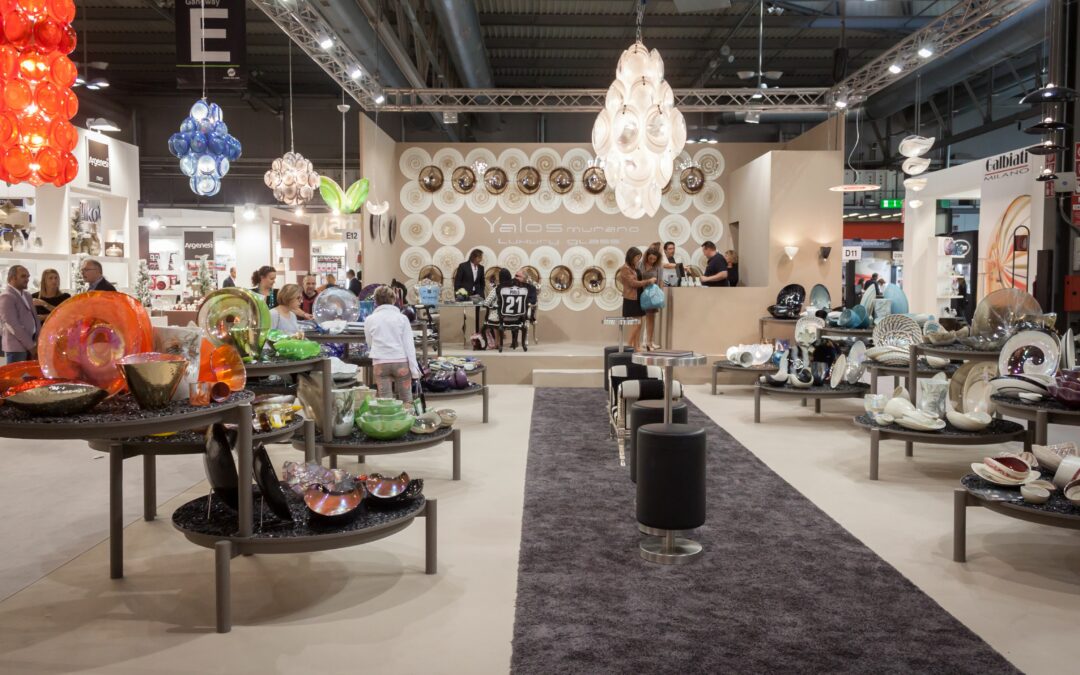Trade shows offer an opportunity for industries to showcase their products and services, network with industry peers, and connect with potential customers. However, the success of your participation in a trade show often hinges on your budget planning. Use these five tips to help you nail your trade show budget planning and make the most out of your investment.
Understanding Costs and Expenses
The first step in effective budget planning for your trade show is gaining a comprehensive understanding of the costs and expenses associated with your participation. Start by creating a detailed list of all potential expenses, including booth rental, travel and accommodation, marketing materials, promotional giveaways, and staffing.
Once you have a clear picture of your expenses, categorize them into fixed costs (those that remain constant, like booth rental) and variable costs (those that may vary, like marketing materials). This categorization will allow you to allocate your budget more effectively and make informed decisions about where to allocate your resources.
Set Clear Objectives and Goals
Before allocating your budget, establish clear objectives and goals for your trade show participation. What do you want to achieve? Are you looking to generate leads, raise brand awareness, or launch a new product? Your objectives will directly impact how you allocate your budget.
For example, if your primary goal is lead generation, you may need to allocate more funds to marketing materials and promotional activities. If brand awareness is your focus, investing in eye-catching booth design and premium giveaways might be a priority. Setting clear goals ensures that your budget planning aligns with your overall trade show strategy.
Prioritize Your Budget Allocation
Not all aspects of your trade show participation are of equal importance. Prioritizing your budget allocation is essential to maximize your available resources. Allocate a significant portion of your budget to elements directly contributing to achieving your objectives and goals.
For instance, if you’ve set lead generation as your primary goal, consider allocating a significant portion of your budget to booth design, marketing materials, and staff training for effective lead capture. Conversely, you may allocate a smaller budget to non-essential items like decorative elements or entertainment.
Negotiate with Vendors and Suppliers
Effective negotiation can lead to significant savings in your trade show budget planning. Feel free to negotiate with vendors and suppliers for better deals and discounts. Whether it’s booth rental, printing services, or promotional products, exploring competitive quotes and bargaining can help reduce expenses.
Building solid relationships with vendors can also be advantageous in the long run. Vendors who value your business may be more willing to offer special deals or preferential treatment, which can result in cost savings for your future trade show events.
Track and Review Your Spending Regularly
Budget planning continues once the trade show begins. It’s crucial to track and review your spending regularly to ensure you stay within budget and make adjustments if necessary. Use accounting software or budgeting tools to monitor your expenses in real time.
Regularly reviewing your spending allows you to identify any unexpected or excessive costs and take corrective action promptly. It also provides valuable insights for future trade show budget planning, helping you refine your budget allocation and strategy for upcoming events.


